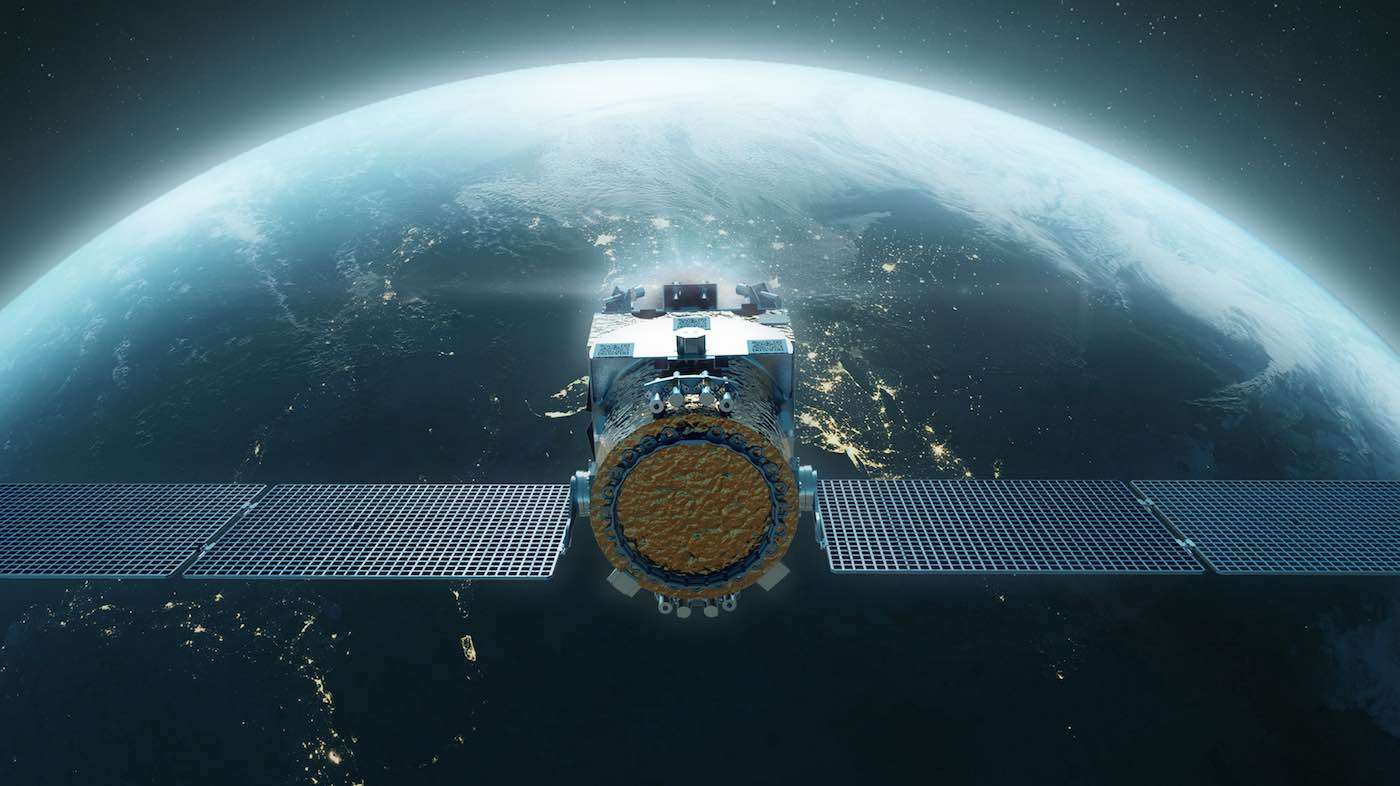A Pat on the Back Statistically Improves Free Throw Numbers in Basketball - Demonstrating the Power of Touch
The chance of scoring rose when teammates showed their support through touch like a squeeze of a hand, or a pat on the back.

An upcoming spacecraft aims to orbit Earth, providing crucial refueling assistance to other ships and prolonging their missions.
The Southwest Research Institute (SwRI) based in San Antonio, Texas, is spearheading a $25.5 million Space Mobility and Logistics (SML) initiative funded by the U.S. Space Force. This project aims to develop and test a small demonstration spacecraft known as the Astroscale Prototype Servicer for Refueling (APS-R).
Under the leadership of prime contractor Astroscale, the APS-R will transport hydrazine propellant from an orbiting depot to spacecraft running low on fuel. Expected to be operational by 2026, the APS-R is compatible with any spacecraft equipped with a suitable refueling port.
Steve Thompson, a Staff Engineer at SwRI and the project systems engineer, highlighted the significance of refueling capability, stating, "Running low on fuel is a common issue for spacecraft in Earth orbit. A refueling vehicle can extend those missions, offering additional operational lifespan to otherwise healthy spacecraft."
The APS-R will operate in geostationary orbit around Earth, ensuring synchronous circular movement with the planet's 24-hour rotational period.
Thompson further explained, "While alternative approaches for life extension, such as using thrusters to maneuver a spacecraft after fuel depletion, have emerged, a refueling vehicle presents a flexible solution, broadening life extension options."
Over the next 16 months, SwRI will construct the compact host vehicle in its new processing facility. The dimensions of the stowed vehicle for launch are a maximum of 24 by 28 by 45 inches, with a total launch mass of 437 pounds, including propellant.
Once the host spacecraft is assembled, SwRI will integrate the payload supplied by Astroscale and conduct comprehensive environmental testing to prepare the vehicle for launch.
Spread the excitement about this innovative endeavor with STEM enthusiasts and space aficionados on social media…
Be the first to comment